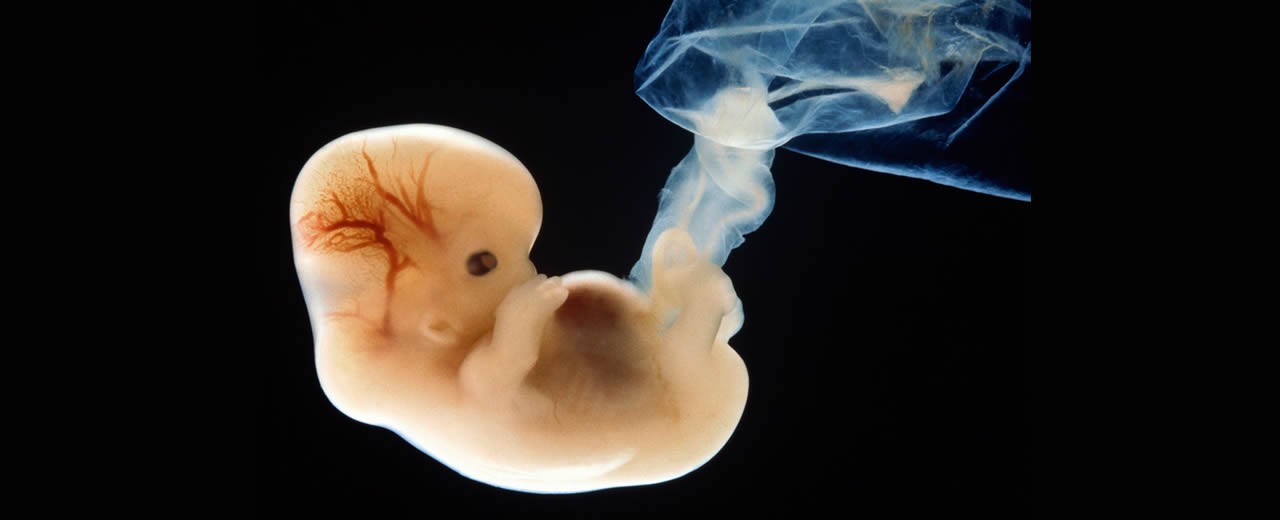Female Hormones: Preparation – Ovulation – Pregnancy

Female Hormones: Preparation – Ovulation – Pregnancy
Achieving pregnancy is not the easiest thing for some women. It may take months or years to achieve it.
What most women do not know is that the main cause may be hormonal imbalances. The menstrual cycle is based on the function of a series of hormones: FSH, Estrogen, LH and Progesterone.
Let's see how each one works:
At the beginning of each cycle, FSH signals the ovaries to begin developing follicles. Each follicle has one egg inside.
Each follicle produces estrogen, which is intended to prepare the uterus for a possible pregnancy. Elevated estrogens cause a sharp increase in LH, which causes follicular rupture (ovulation), which releases the egg to be fertilized.

The follicle releases the final hormone, progesterone, which "builds" the inner wall of the uterus to host and protect the developing fetus.
If the egg does not get fertilized, the levels of estrogen and progesterone drop. Without progesterone, the uterine wall is broken, the period comes, and the cycle starts from the beginning.
If the egg gets fertilized, levels of estrogen and progesterone remain high in order to support the growing fetus.
--------------------
See all of our blog posts, by clicking here.
0 comment(s)